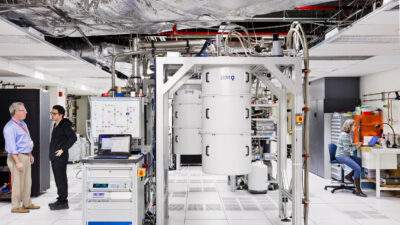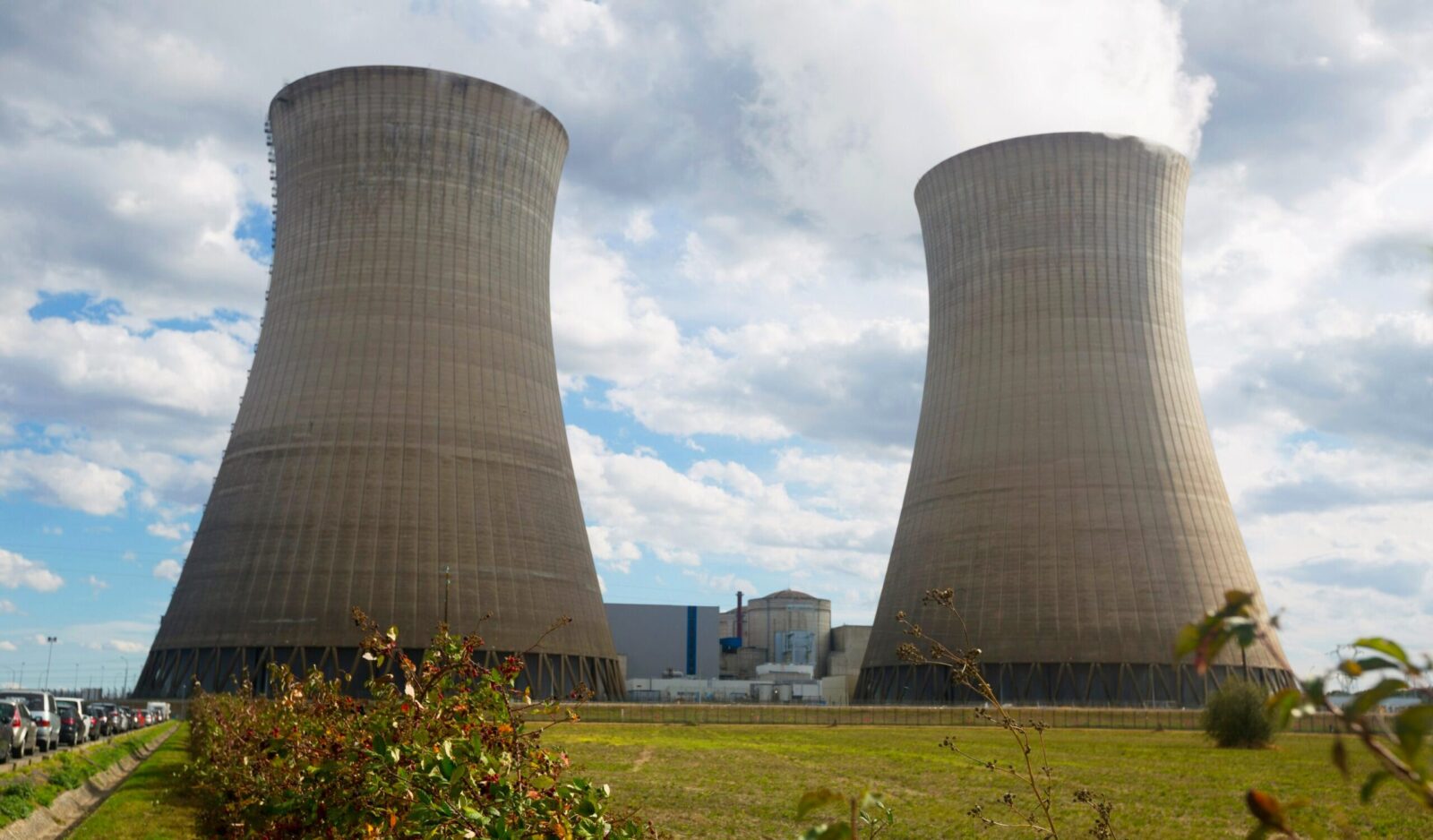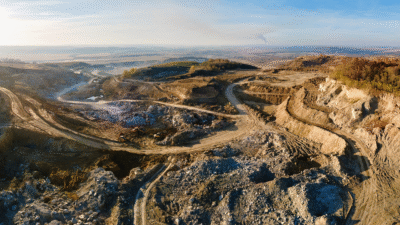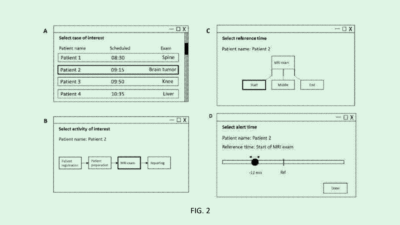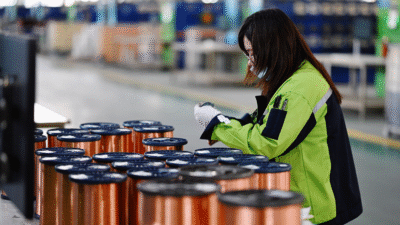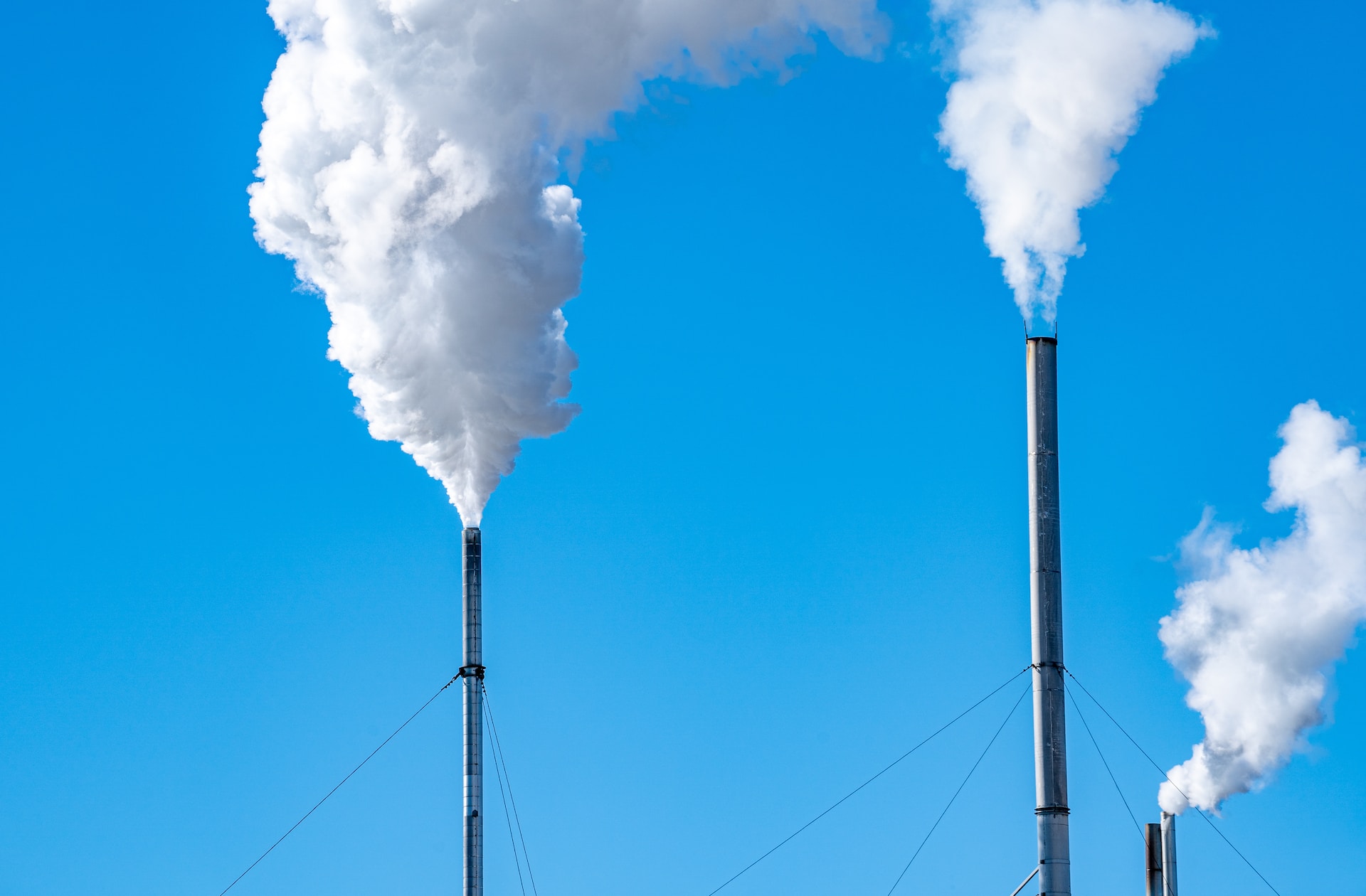
Sign up for smart news, insights, and analysis on the biggest financial stories of the day.
The world needs to air it out, literally.
When 195 countries signed the Paris Climate Accords in 2015, they set out to achieve net-zero carbon emissions by the middle of the century in hopes of limiting the global rise in temperature to 1.5 degrees celsius and avoiding the most catastrophic outcomes from climate change.
But in the years since, global carbon emissions have only increased, hitting a record high of over 36 billion tons in 2022, according to the International Energy Agency. And transitioning the existing energy infrastructure to carbon-free alternatives, such as wind, solar, and nuclear, has proven a long, expensive, and arduous process.
That has led many to ponder another solution: If reducing emissions is a process that’s proven too slow, what about capturing and removing emissions entirely?
Hype and interest surrounding the technology has created something of a booming cottage industry. Venture capital funding in carbon-related technologies such as carbon capture reached $13.8 billion in 2022, according to Pitchbook, just shy of the record $14.1 billion raised the year before.
But is carbon capture really a silver-bullet solution to achieving net-zero emissions? How far along is the technology? And is there a major difference between the tech that can capture carbon emissions right at the source, at, say, a coal-fired power plant, versus tech that captures and removes carbon from the atmosphere?
To answer those and other questions, The Daily Upside spoke with Howard J. Herzog, an author and senior research engineer in the MIT Energy Initiative. Herzog also served as a US delegate to the Carbon Sequestration Leadership Forum’s Technical Group from 2003 to 2007, and was a coordinating lead author for the Intergovernmental Panel on Climate Change Special Report on Carbon Dioxide Capture and Storage.
This interview has been edited for length and clarity.
TDU: What is it that we talk about when we talk about carbon capture technologies? Is it technology that’s capturing carbon emissions right where they’re being created? Or is it more to just generally suck carbon right out of the air?
Herzog: For me, who’s been involved in carbon capture for 34 years, I always think of carbon capture as point-source removal. You capture at the source before it goes in the atmosphere.
TDU: Where does the carbon go once it’s captured?
Herzog: When you capture CO2 emissions, whether it’s from the air, known as carbon removal, or from a point-source, known as carbon capture, there’s not a lot of ways you can use [the captured carbon] that will keep it out of the atmosphere, or that won’t take a lot of energy to reuse.
The No. 1 way is to compress it and basically turn it into what’s called a supercritical fluid, and put it back into the ground. You can inject it into deep formations under the earth – formations not that dissimilar to where you get oil and gas from. And we’re doing that today.
TDU: How effective is point-source capture, at, say, a power plant or manufacturing plant? What percentage of emissions can be captured?
Herzog: It depends, but almost all will be above 90%. And a lot of them will be in the high-90s. It’s an economic tradeoff. As you get closer and closer to 100%, the marginal cost starts going up. But from a coal-fired power plant, the technology could capture 95% of carbon emissions. You’re not going to get 100%.
But It’s so much easier capturing out of a smokestack than out of the air because of the dilution. [Carbon] is so much more diluted in the air. Compared to right at a coal-fired power plant, it’s 300 times more dilute. Even from a natural gas plant, it’s probably over 100 times more dilute in the atmosphere, and it makes it harder and more expensive to capture.
TDU: Should there be less investment in that type of out-of-the-air removal technology?
Herzog: Carbon removal has become the flavor of the day, over the past couple of years, because people are worried we’re going to not reduce our emissions in time and that we have too much carbon in the atmosphere, we’re going to have to remove it. I think that is an awful reason to try to develop these technologies. I mean, if you really feel that way, then you should double-down on keeping [carbon emissions] out of the atmosphere in the first place
TDU: So is there any utility to out-of-the air carbon removal?
Herzog: Well, we really do need carbon-removal technologies because we’re never going to eliminate all of our emissions. [There are] several emissions that are just too hard to eliminate or capture at the source. We can capture carbon at a power plant, or we can switch from coal to renewables or nuclear. But capturing carbon emissions off an airplane, for example, is much harder and much more expensive. So you’re going to have to offset certain emissions using carbon removal. How much? No one really knows, though likely in the range of 5% to 10% of our current emissions are going to have to be offset.
The best step forward is: one, to reduce emissions as fast as we can. That means using carbon-free energy sources, such as wind, solar, nuclear. And it includes carbon capture and storage at the power plants or industrial plants, certain plants, like cement plants, where a lot of the carbon emissions are coming off. I think carbon removal has a role to play. I think some people hype their role a bit too much. You’re not going to hit that, you’re not going to be able to do business as usual and expect these technologies to remove all the carbon emissions from the air. It’s just too expensive. You’ve got to reduce emission-center sources, it’s the No. 1 thing to do.
TDU: How widely implemented is point-source carbon capture technology today?
Herzog: Around 40 million tons [per year] are being captured and put in the ground today. There are over 20 or so projects currently operational in the US, according to the Global CCS* Institute’s database. And there are a couple hundred projects in the pipeline.
[*Editor’s Note: CCS stands for carbon capture and storage. The institute’s database currently lists over 70 operational uses of carbon capture at plants and facilities across the globe. You can read the most recent report here.]
TDU: What do you really wish the general public understood about carbon capture technology that maybe isn’t always at the forefront of these discussions?
Herzog: It’s, technically speaking, ready to go. It’s proven technology. And what’s really missing are the economic drivers. Because it’s always easier and it’s always cheaper to put CO2 in the atmosphere than to capture and store it. And until we put constraints on freely emitting CO2 in the atmosphere, it’s going to be very limited in projects that capture it, and mostly limited approaches coming out of government programs.



